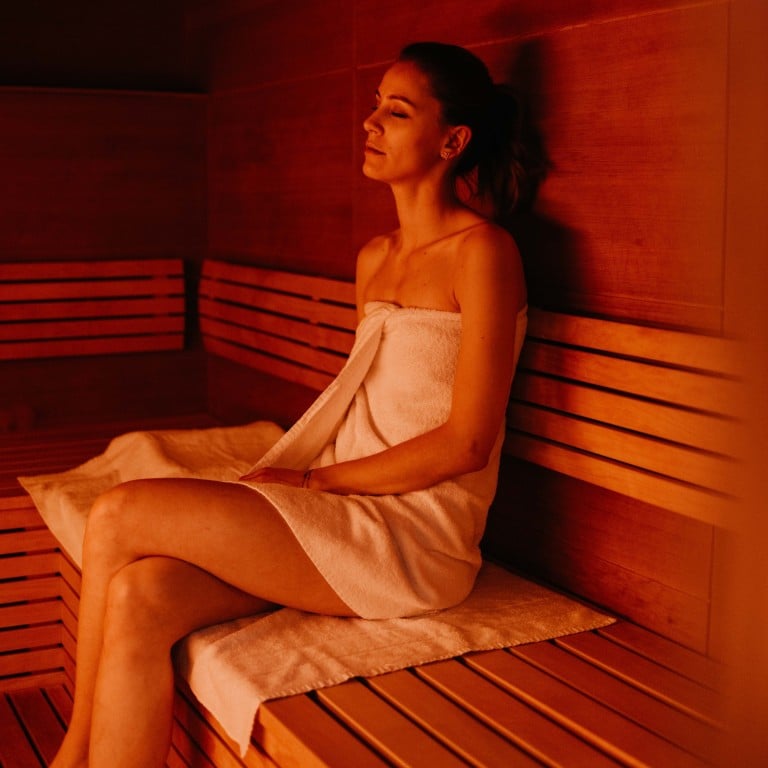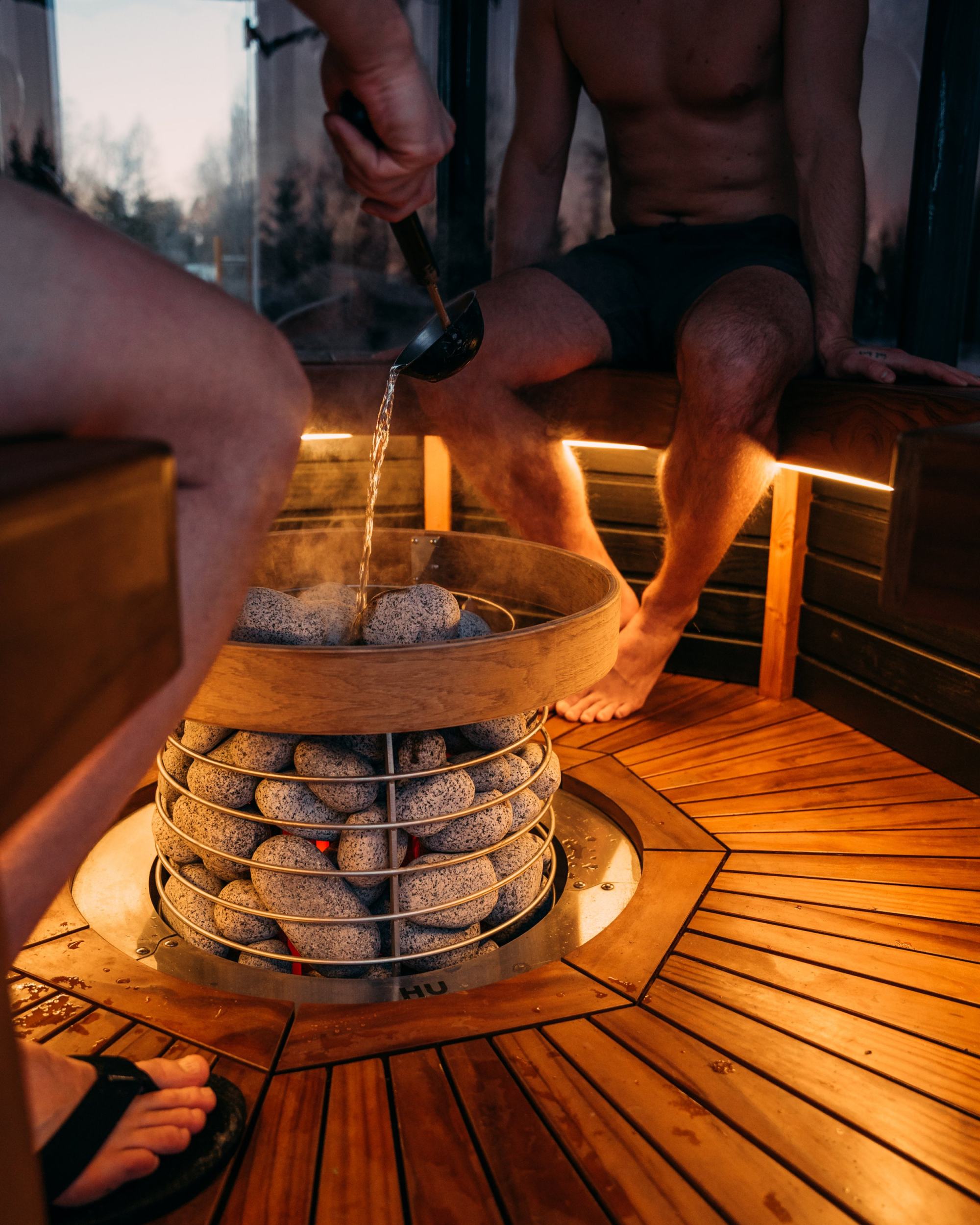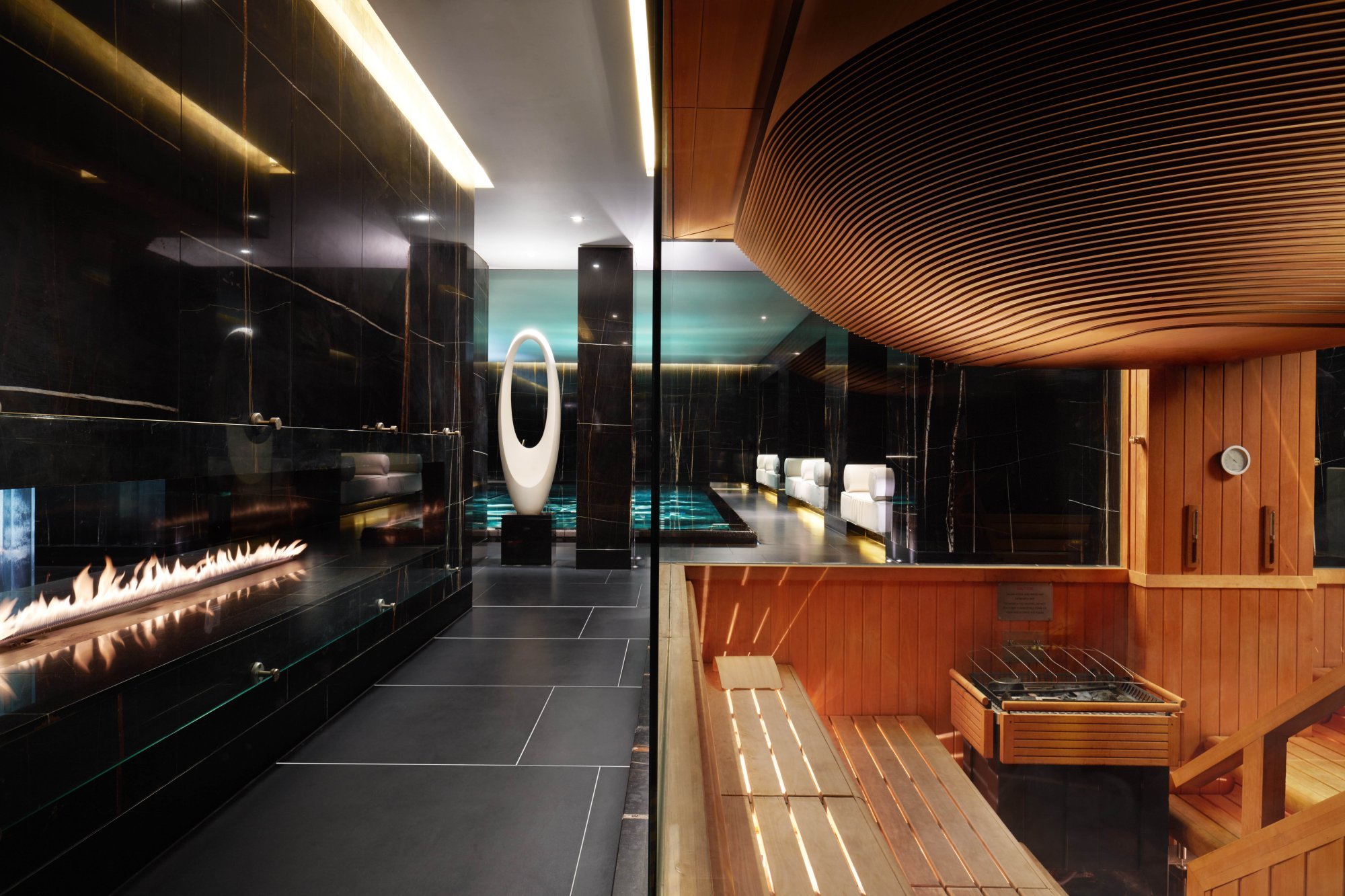Explainer / Do saunas really have any health benefits – and what are the risks? From Finland’s traditional dry heat to Turkey’s hammams, Japan’s onsens and modern infrared treatments

Amid the boggling range of activities humans have indulged in while pursuing better health, the sauna stands out for its enduring place in history, and across various cultures. There’s evidence of sauna-like bathing dating back thousands of years, but we can thank the Finns for the sauna as we know it today.
Over the years, the idea of exposing the body to often-uncomfortable degrees of heat for health and relaxation has evolved – from primitive earth pits to modern steam and dry heat rooms – and adapted to cultures worldwide, from Turkey’s hammams to Japan’s onsens.
Saunas offer more than just warmth, of course – adherents will tell you that all that heat delivers profound benefits to both body and mind. Yet, the question remains: beyond the immediate comfort and relaxation, are there long-term benefits of regular sauna use? And does this simple ritual have the power to significantly affect our health and longevity?
At the core of the sauna experience is the interplay between heat, the human body and the mind. “For centuries, saunas have been used to aid in recovery,” says QC NY Spa’s Simona Sbarbaro.

As soon as we enter a sauna, the heat begins its work, penetrating the skin and elevating the body’s core temperature. This thermal stress triggers a flood of physiological responses designed to cool down the body, which have been noticed and celebrated since the days of ancient Rome. “Salus per aquam – or health through water – is the tradition of ancient thermal baths in Rome, which were communal places that entrusted water with the care of physical well-being and the regeneration of the soul,” Sbarbaro explains.
What’s all the noise about sound bathing, and does it work?
Dr Elisabeth Ixmeier, co-founder and COO of Healing Hotels of the World, says that, in the short term, regular sauna use can help reduce stress, promote relaxation, help lower blood pressure and improve blood flow, adding, “It can also be a great tool to help relieve muscle soreness and joint pain, improve skin hydration and reduce the appearance of wrinkles.” In addition to these short-term advantages, several long-term health benefits are linked to regular sauna use, she adds, including a reduced risk of cardiovascular disease, dementia and respiratory disease.
These health benefits are primarily attributed to increased blood flow to the skin, a natural response aimed at cooling the body through sweating. This process not only enhances circulation, delivering more oxygen and nutrients to tissues and aiding in removing waste, but also boosts overall cardiovascular health.

Moreover, the improved blood flow eases muscle tension, relieving soreness and stiffness – making it particularly beneficial for athletes and individuals with conditions like arthritis or fibromyalgia – by easing discomfort and enhancing mobility. Additionally, sauna-induced sweating plays a key role in detoxification, expelling toxins such as heavy metals and supporting the body’s natural purification processes.
This detoxification process is complemented by the sauna’s ability to induce a state of mild hyperthermia, boosting the immune system’s function and enhancing the body’s natural healing processes.
Move over, K-beauty – Ayurvedic skincare is 2024’s beauty trend to know
On top of the touted long-term health benefits, sweating in a sauna can help unclog pores, flush out impurities and toxins, and remove dead skin cells, leading to clearer, more radiant skin. Moreover, the increased blood flow to the skin’s surface can promote cellular renewal and collagen production, potentially reducing the appearance of wrinkles and improving skin elasticity over time.
“Traditional Finnish saunas, which use dry heat, are the most common type of sauna. They work by heating the air around you, which in turn heats your body,” Ixmeier explains. They also operate at a higher temperatures, typically of 70 to 90 degrees Celsius, making them more immediately effective at offering benefits to cardiovascular health, reducing stress and relieving muscle soreness and joint pain.

Steam rooms – more popular in Sweden – by contrast, operate at a lower temperature, but create almost 100 per cent humidity, creating a warm, misty environment that is gentle on the respiratory system. “Traditional Finnish saunas appear to be the most well-studied and have been associated with several benefits, including improved cardiovascular health, pain relief and reduced risk of Alzheimer’s disease and dementia,” adds Ixmeier.
Modern infrared saunas mark a significant departure from tradition, employing infrared panels that emit light to warm muscles and tissues beneath the skin directly. This method enables heating at lower temperatures, offering a more comfortable experience for those sensitive to the heat or air quality, and is often touted as being more effective than traditional saunas at detoxifying the body and improving skin health.
But no matter one’s sauna’s preference, taking a sauna, even regularly, is not a miracle cure, and it’s of course vital to be consistent and to couple saunas with healthy habits and lifestyle. “While saunas certainly provide valuable short-term benefits, it is only a stepping stone in achieving wellness,” Sbarbaro says.

It may be no surprise that today nearly all Finns have saunas in their homes, with a mix of modern electric and traditional wood-burning set-ups, and many partake in the ritual several times a week. However, all that heat can also present potential concerns for skin health, particularly for those with sensitive skin or conditions such as rosacea, eczema or psoriasis. That’s why Sbarbaro suggests considering some safety considerations and potential risks.
Gen Alpha beauty is on the rise – but how young is too young for a skincare routine?
“Prolonged exposure to the high temperatures of saunas that exceed the recommended time can lead to dehydration or heat exhaustion, particularly for those with cardiovascular and respiratory conditions,” she says. Those who are pregnant should not partake in saunas at all, she adds, and “it’s crucial to stay hydrated, limit session durations, and exit the sauna if feeling lightheaded or dizzy”.
Ultimately, integrating sauna use into a healthy lifestyle is a personal journey that should be tailored to individual health needs and preferences, always erring on the side of caution. By doing so, sauna use can be a safe, enjoyable and beneficial practice that enhances well-being and supports a holistic approach to health.

- The long-term health benefits of a regular sauna include reduced risk of cardiovascular disease and dementia, as well as easing muscle tension, joint pain, reducing wrinkles and sweating out toxins
- The traditional wood-fired sauna belongs to Finland, while Swedes prefer the steam room, and new infrared treatments promise the same benefits at lower temperatures – but not everyone is convinced about their safety